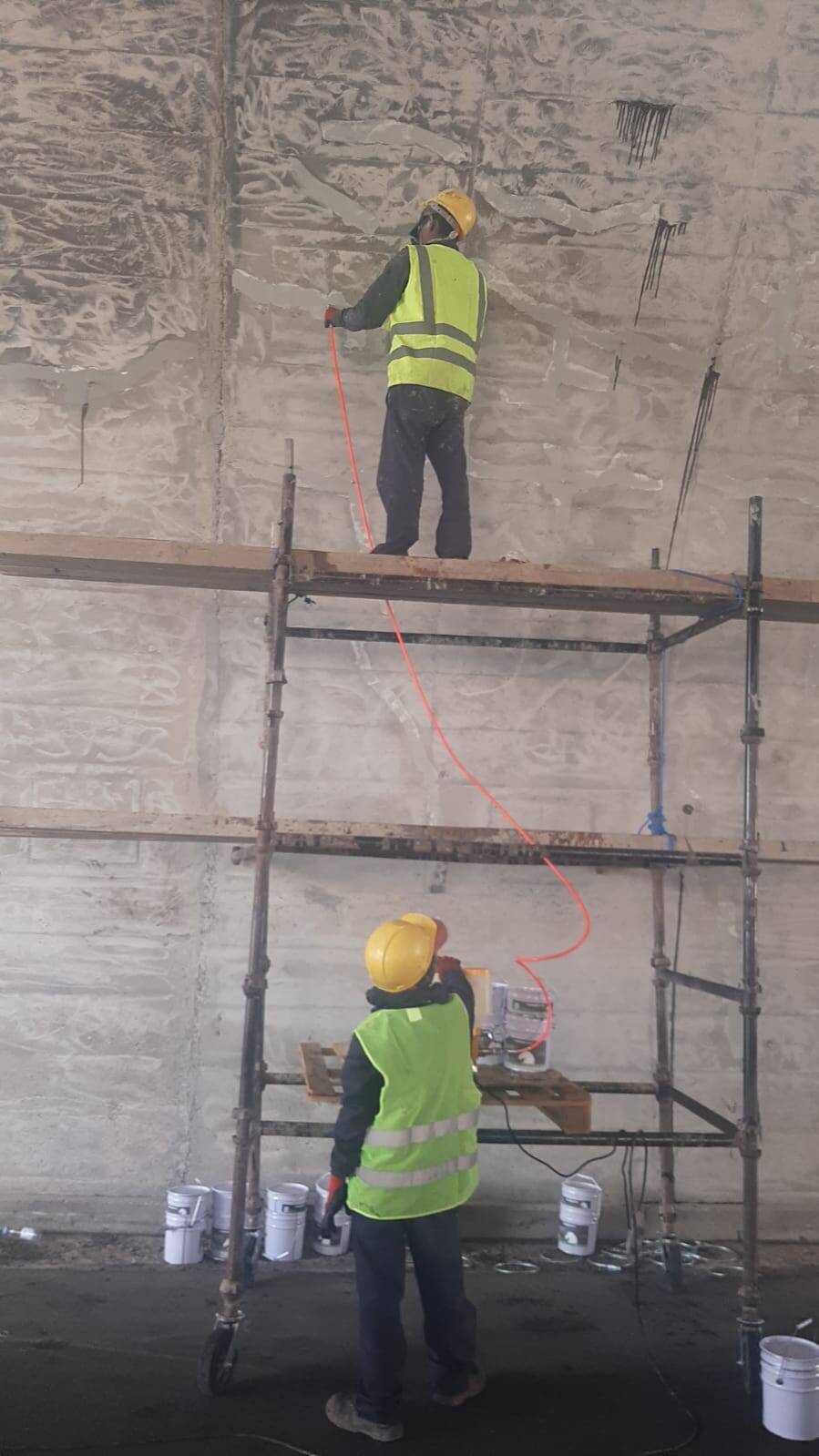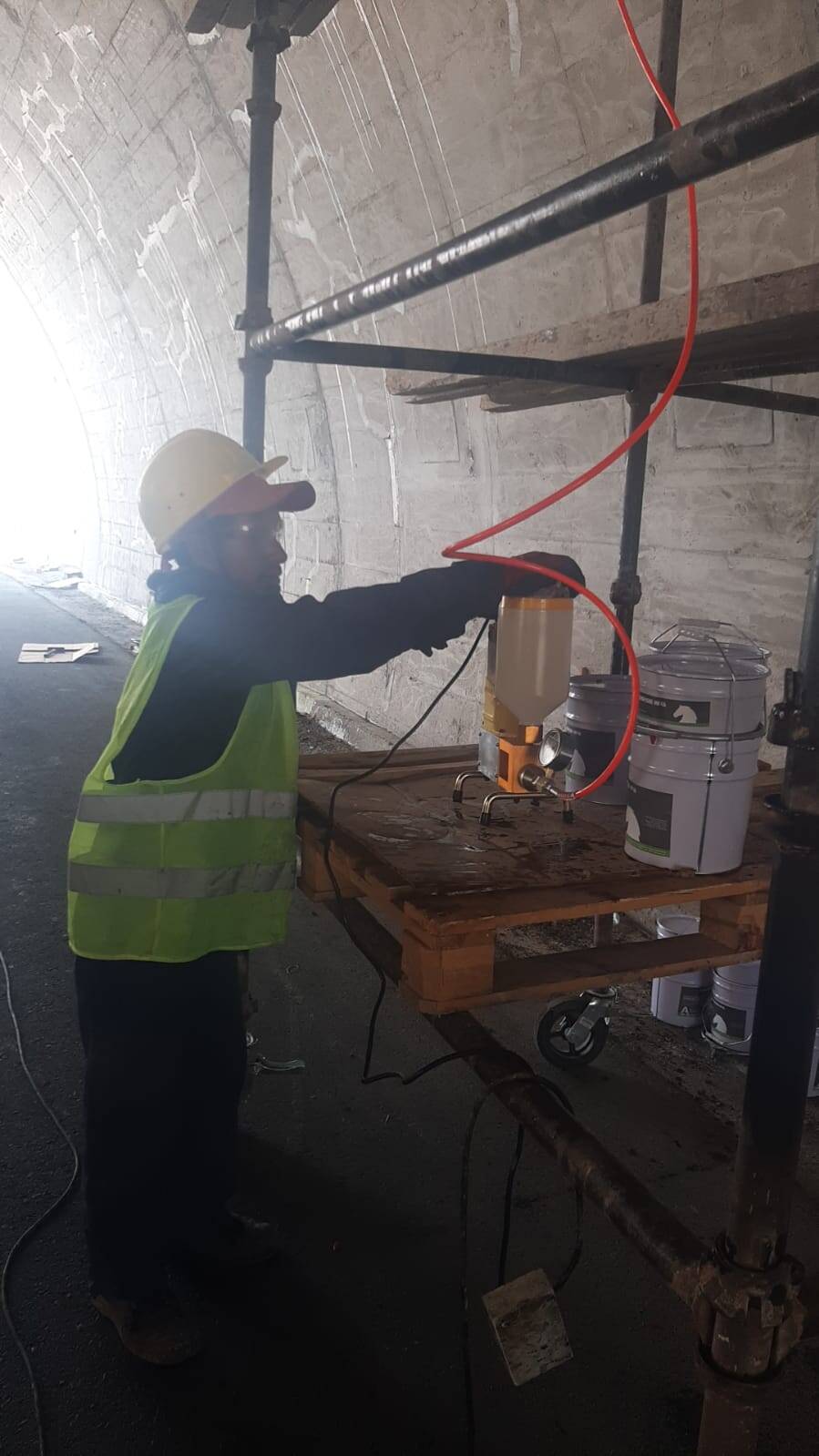Tunnel Repair & Restoration
Crack Epoxy Injection
Tunnel Repair & Restoration, Tunnel Crack Repair, Crack Epoxy Injection

Cracking in concrete structures is unavoidable. From a macro perspective, the occurrence of cracks in concrete structures is an acceptable material characteristic. As long as scientific and effective methods are used to control the cracks within the allowable range, it has great practical significance and economic value for tunnel engineering sites. Whether during the construction or operation stages, cracks may occur in the tunnel lining at any time. The reasons can be summarized into multiple aspects: unstable environmental factors, inadequate design schemes, substandard materials used, non-standard construction processes, and inadequate operation and maintenance.

For microcracks (with a crack width less than 0.2 mm), surface repair methods are generally used because these cracks have almost no expansion and are relatively stable, which will not have a serious impact on the safety of the lining structure and the normal operation of the tunnel. The carbon fiber cloth method and epoxy resin method also have good results in repairing micro cracks. This method can effectively enhance the strength of the lining structure and exhibit certain freeze-thaw resistance.
The tunnel lining produces cracks, but when considering the stability of the tunnel structure, environmental geology, and other reasons, it is not necessary to use the demolition and repair method. The most commonly used methods for treating tunnel cracks mainly include anchoring grouting, hanging mesh spraying, steel strip reinforcement, arch reinforcement, joint grouting, and chiseling and embedding method